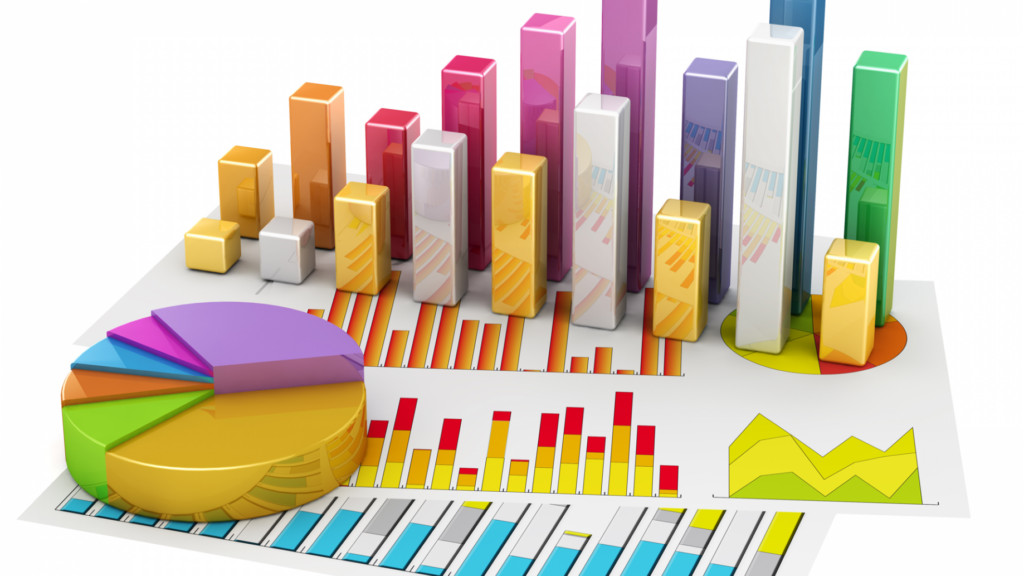Statistics in mathematics involves the collection, description, analysis, and inference of conclusions from quantitative data. It is also referred to as the conclusions from the sample data that is collected using surveys or experiments.
Definition of Statistic
The word statistics is derived from the Latin word ‘status’ or the Italian word ‘Statista’ which means state or condition. Statistics is defined as a discipline that involves the collection, analysis, interpretation, and presentation of numerical data.
Types of Statistics
Basically, there are two methods of analyzing data in mathematical statistics.
- Descriptive Statistics
- Inferential Statistics
In the descriptive statistics method, the data or collection of data is described in summary using the measures of central tendencies and the measure of dispersion. But in the case of inferential statistics, it is used to explain the descriptive one to draw conclusions from the data. Both these types of statistics have been used on a large scale.
What is Standard Deviation?
The Standard deviation in statistics is the measure of the dispersion of data, which means how much our data is dispersed or spread out around the mean. Standard deviation is one of the basic processes of statistical analysis.
What is Summary Statistics?
Summary statistics is a part of descriptive statistics, which generally deals with condensing the data or summarising the data with large information in a simpler form so that the observer can understand the information at a glance.
Applications of Statistic
Statistics have many applications across various fields in Mathematics as well as in other fields in real life. Some of the applications of statistics:
- Research Interpretations and Conclusions
- Clinical Trial Design
Whenever a new drug or treatment is discovered, it has to first be tested on a group to understand its effectiveness and safety. A clinical trial first selects a population or sample size, defines the time range over which to compute the treatment, design the phases, and then select parameters that will help in deciding how effective the treatment is and if it is better than an existing one.
- Applied statistics, theoretical statistic, and mathematical statistics
- Designing Surveys
- Statistic in society
- Statistical computing
- Epidemiological Studies
- Statistic applied to the mathematics of the arts
Description of Standard Deviation
It is the most important and widely used measure of the deviation of data sets. It signifies that it is free from those defects which were in earlier methods and satisfy most of the properties of a good measure of deviation or variation. Standard Deviation is the square root of means of the squared deviations from the arithmetic mean that’s why it is also called root-mean-square deviation. It (Standard Deviation) is calculated as the square root of its variance.
- Low standard deviation means the value tends to be close to the mean or expected value of the set and a high standard deviation value means the values are spread out over a wider range.
- Standard deviation is represented by the symbol “σ” which in the Greek Language is known as “Sigma”.
Steps to Calculate Standard Deviation:
- The mean value is also the arithmetic mean of the observations is calculated by adding all the data points and dividing by the number of data points.
- Variance is calculated by subtracting the mean from the value of the data point.
- Find the square of difference obtained from the above step and then sum up. The result is then divided by the number of observations.
- The square root of the variance resulting from above is then used to find the standard deviation.
What Does Standard Deviation Tell You?
Standard deviation tells us how far is the mean value from each observation in the given data set. In other words, it shows the typical deviation or dispersion from the mean. It’s a very important topic and can be learned in detail from Cuemath.
Real-Life Examples of Standard Deviation:
The following examples explain how the standard deviation is used by individuals and companies in real-life scenarios to gain a better understanding of datasets.
- In Healthcare
- In Real Estate
- In Human Resource departments in companies.
- In Weather Forecasting
- In Marketing
- In Universities to calculate the test scores of students
